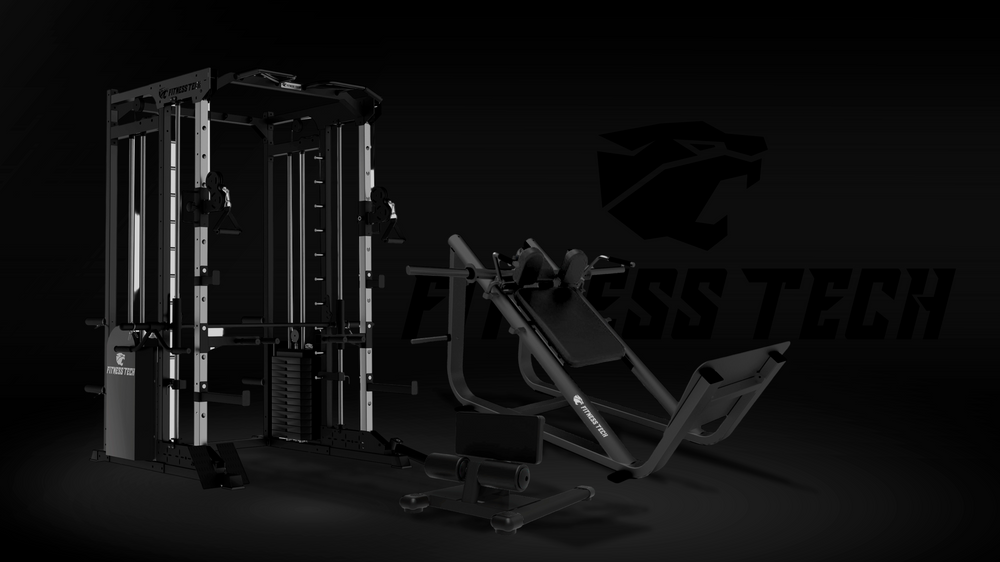What is progressive overload and what is it for?
PROGRESSIVE OVERLOAD: THE COMPLETE GUIDE
If you have been training for a while or are just starting in the world of fitness, it is very likely that you have heard about progressive overload. This concept is one of the most important keys to gaining strength, muscle mass, and improving your physical performance in the long term. But… do you really know what it consists of?
In this article, we explain what progressive overload is, what it is for, and how to apply it in your training so you can achieve real and sustainable results.
What is progressive overload?
Progressive overload is a training principle that consists of gradually increasing the demand you place on your muscles during exercise. In other words, it is about making your body continuously adapt to the effort, forcing it to grow and strengthen over time.
When you train, you are causing a stimulus. If that stimulus is always the same, the body adapts and stops improving. That is why, to progress, you need to increase the intensity progressively.
What is progressive overload for?
Progressive overload is fundamental for:
- Gaining muscle mass (hypertrophy): by demanding more from your muscles, you generate micro-tears that, when recovered, cause an increase in size.
- Increasing strength and endurance: lifting more weight or doing more repetitions over time strengthens the neuromuscular system.
- Avoiding plateaus: without overload, progress stops. This principle allows you to keep improving.
- Preventing injuries: a progressive increase in load strengthens muscles, tendons, and ligaments, as long as it is applied correctly.
- Maintaining motivation: seeing progress every week in strength or fitness is one of the best drivers to keep training.
How to apply progressive overload in your routine?
It is not just about lifting more weight. There are many ways to apply progressive overload:
-
Increase the weight: slightly raise the load each week if you can do it without compromising technique.
-
Do more repetitions or sets: increasing training volume also generates a greater stimulus.
-
Reduce rest periods: resting less between sets can increase intensity.
-
Improve technique: performing exercises with greater control and range improves muscle activation.
-
Change the tempo: slowing down the eccentric phase or increasing time under tension can increase difficulty without changing the weight.
Tips for applying overload safely
-
Do not skip technique. Increasing weight without control can cause injuries.
-
Listen to your body. If you are fatigued or injured, adapt the training.
-
Keep a record. Writing down your workouts will help you see when and how you progress.
-
Don’t rush. Progression takes time; the goal is to advance, not to exhaust yourself.
Conclusion
Progressive overload is one of the most important foundations of strength training. Applying it correctly will make the difference between plateauing or continuing to improve week after week. If you are not yet using it consciously, now is the time to start.
Want more tips to improve your routine? On the Fitness Tech blog you will find practical resources, routines, and articles on how to train better, both at home and in the gym.






Leave a comment